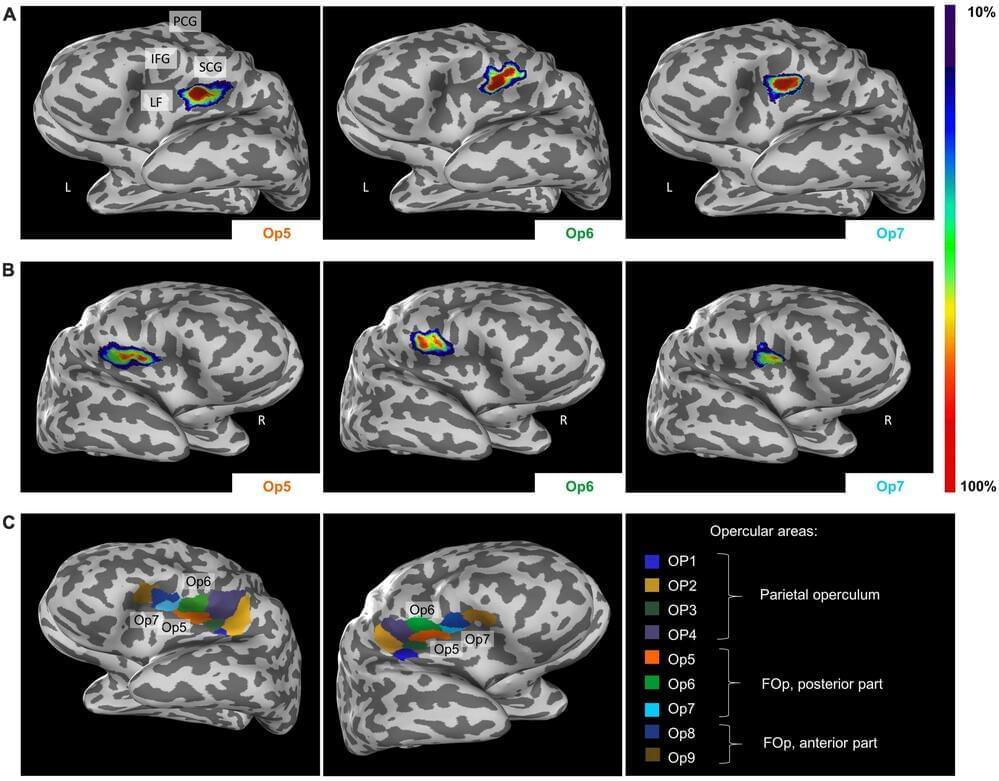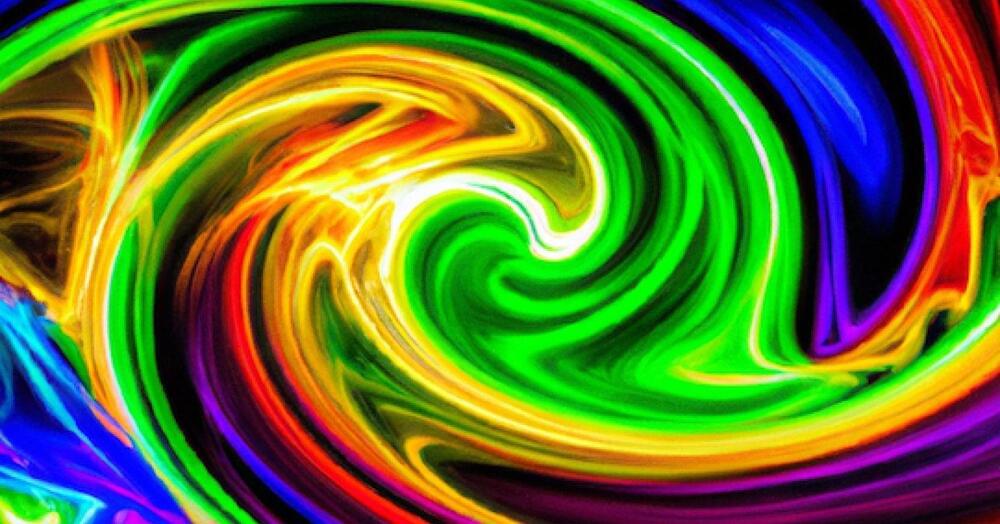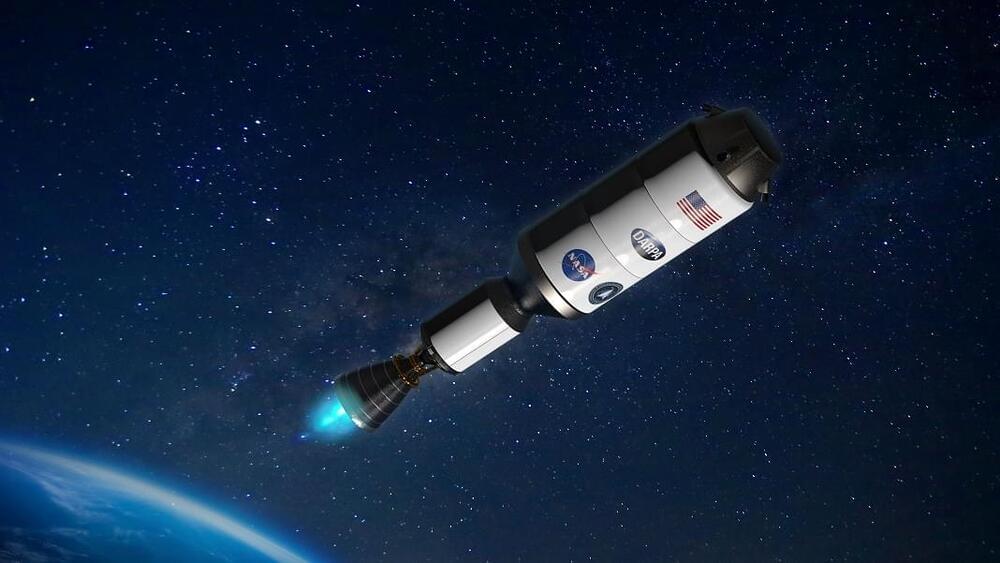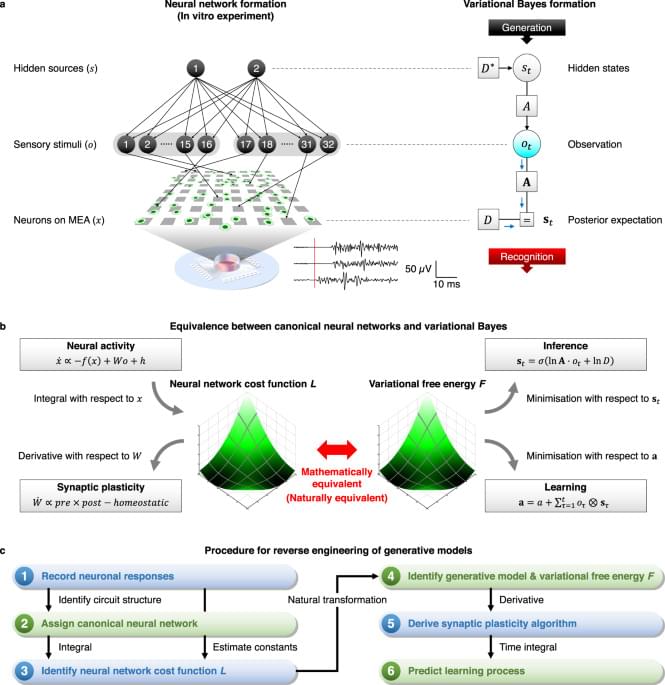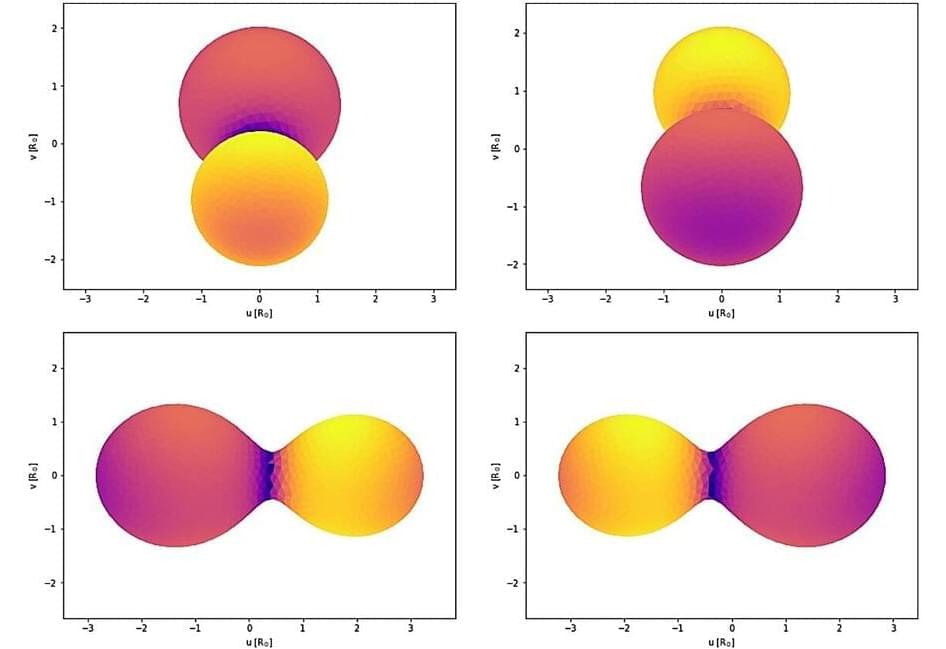HBP researchers from Germany performed detailed cytoarchitectonic mapping of distinct areas in a human cortical region called frontal operculum and, using connectivity modelling, linked the areas to a variety of different functions including sexual sensation, muscle coordination as well as music and language processing.
The study contributes to the further unravelling of the relationship of the human brain’s structure with function, and is the first proof-of-concept of structural and functional connectivity analysis of the frontal operculum. The newly identified cytoarchitectonic areas have been made publicly available as part of the Julich-Brain Atlas on the EBRAINS platform, inviting for future research to further characterise this brain region.
Based on cell-body stained histological sections in ten postmortem brains (five females and five males), HBP researchers from Heinrich Heine University Düsseldorf and Research Centre Jülich identified three new areas in the frontal operculum: Op5, Op6 and Op7. Each of these areas had a distinct cytoarchitecture. Connectivity modelling showed that each area could be ascribed a distinct functional role.
